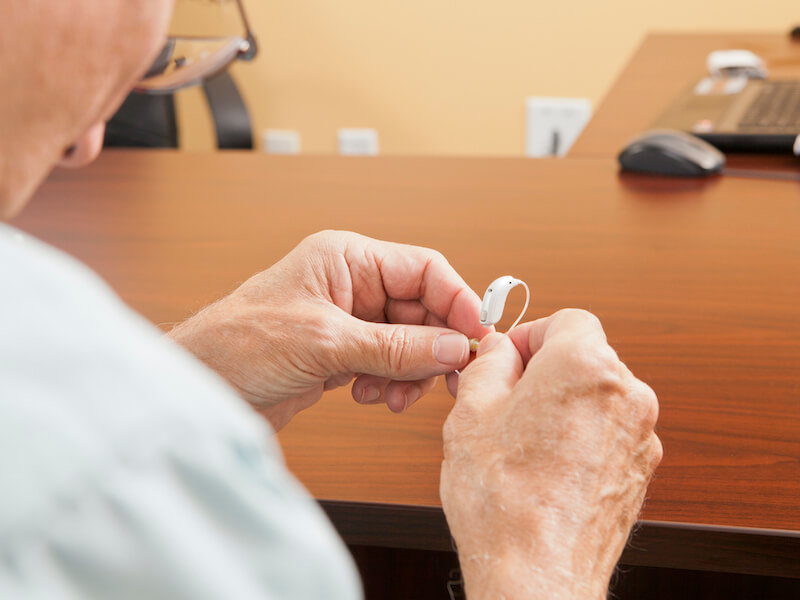
You go out of your way to be certain your hearing aids are well taken care of. Cleaning them every day, you make sure they’re safe and snug on their charger when you go to sleep.
Suddenly and distressingly, your hearing aids are no longer working the way they once did. Fortunately, there are a few steps you can take to troubleshoot the problem. Just remember: your number one job is to refrain from damaging your hearing aid additionally (or you may need to replace them).
Troubleshooting your hearing aid
Of course, when you first got your sweet new hearing aids, you made a point of putting the owner’s manual in a safe spot. Hopefully, you did so that you can consult with your owner’s manual to do maintenance and troubleshooting. Following your owner’s manual is important because every model of hearing aid is different.
On most models there are some other things you can check, here are a few:
- Wax buildup: Do a visual inspection of your hearing aid to make sure that there’s no wax buildup interfering with standard operation. Wax can build up quickly even if you clean your hearing aids regularly so make sure you double check.
- Look for visible damage: Does your hearing aid have any obvious loose components or cracks in its shell? Cracks, obviously, could suggest more extensive damage (or let in moisture).
- Keep your microphone clear: Check your hearing aid to find out if anything is obstructing the microphone. Your hearing aid may feedback or simply fail to work if the microphone is blocked.
- Check your battery: You’ll still want to check the battery power even if you had your hearing aids charging at night. If your hearing aid has replaceable batteries, it may not be a bad plan to check if those batteries are inserted properly or if a new one fixes the problem.
Again, check with your owner’s manual on how you might approach each of these issues. In some cases, you may be able to perform maintenance yourself.
When does my hearing aid need repair?
If your hearing aid continues to malfunction after you have performed basic upkeep and troubleshooting, it’s likely that your hearing aid will need to be professionally repaired. You need your hearing aids for almost every aspect of your life so this may not sound really appealing.
It’s definitely worth noting that “repair” doesn’t necessarily mean “mail your hearing aids in for service and wait several weeks”. Sometimes, we can fix it in office and you can take it with you when you leave.
Or, depending on the degree of the damage, you could have your hearing aids back in a few hours.
But rapid repair won’t be possible in every case. A backup set of hearing aids might be necessary in these situations. Perhaps you have an old pair that will do temporarily in a pinch. We might even be able to let you borrow a pair while you are waiting.
Don’t wait to get help with your hearing aids
It’s crucial to get your hearing aid assessed and repaired if you begin to notice the audio quality is beginning to falter.
You’ll want to try to avoid any downtime. Your mental health and your general health can be affected by untreated hearing loss. And it becomes all too easy to leave your hearing aids laying in a drawer somewhere while your hearing continues to diminish.
The optimum way to keep your hearing working properly is to keep those hearing aids working. Keeping them charged, clean, and when necessary, professionally repaired is the best way to do that.